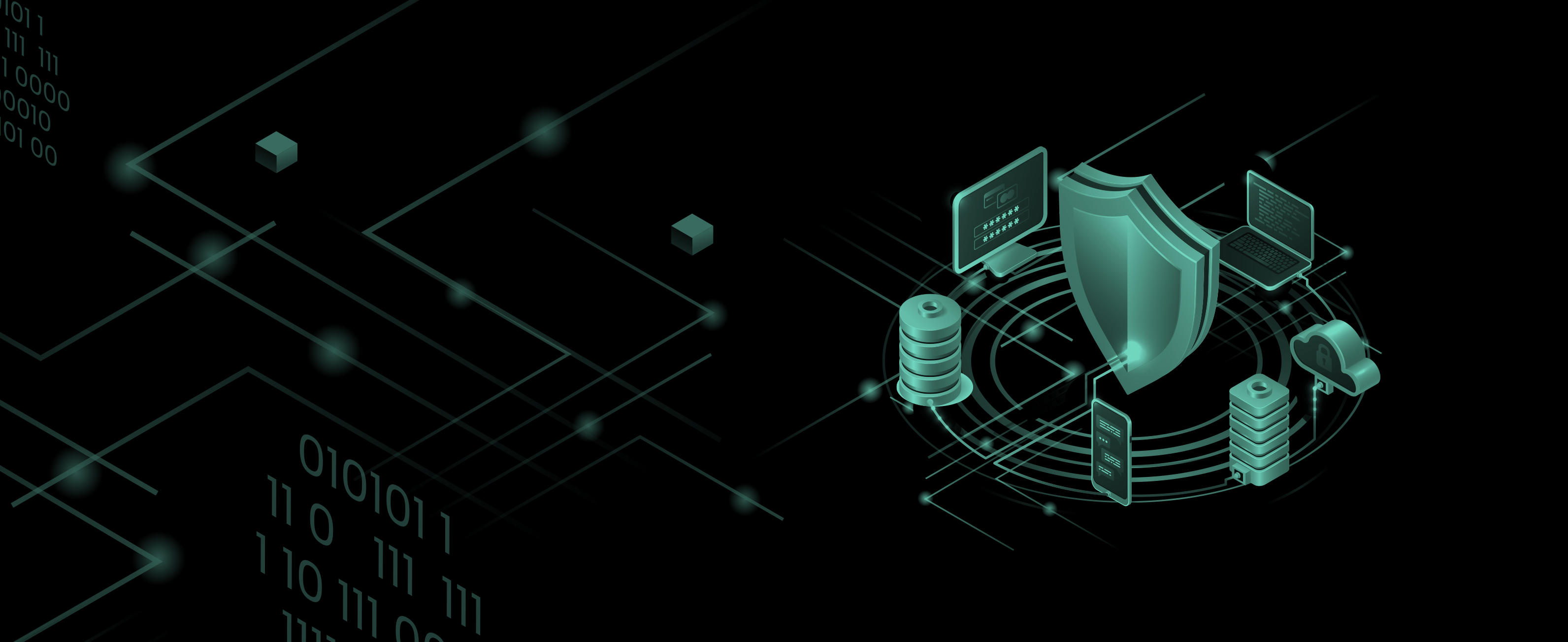Measuring the Effectiveness of Your Brand Protection Program
Which KPIs can measure your brand protection program’s ROI
During the 2020 fiscal year, the US Customs and Border Protection (CBP) seized 26,503 shipments containing goods that violated intellectual property rights. The total estimated value of the seized goods, had they been genuine, was nearly $1.3 billion. These are the seized shipments in the US alone and cover only a fraction of the total value of counterfeit goods entering the US, as warranted by the estimation that the counterfeit goods trade reached 3.3% of world trade and continues to rise.
Sadly, this year’s statistics are not a surprise for most goods producing organizations. Yet, when it comes to applying brand protection measures, company directors often hesitate due to concerns around measuring the effectiveness of their brand protection program and evaluating its ROI.
How can they do that?
What Gets Measured, Gets Managed, the Importance of KPIs
Tracking and measuring are by far the most reliable yardsticks to determine the success of a brand protection program.
This, of course, requires a careful definition of measurable KPIs. Once those metrics are defined, closely monitoring them helps track progress and evaluate how well an initiative is working.
Clearly defined and monitorable KPIs are also key to justifying the company’s investment in the selected brand protection program.
The Practical ROI: Brand Protection that Works
As effective brand protection is multi-faceted and covers many departments – sales, marketing, security, compliance, to name a few – a wide range of KPIs needs to be considered.
Brand managers should focus on the following KPIs:
- Website takedown percentage: The number of websites selling counterfeit goods taken down through the brand protection program should decrease over time as your brand protection becomes more efficient.
- Marketplace listing takedowns: The number of counterfeit merchants taking advantage of existing marketplaces closed down by the brand protection program. Listing takedown percentage should reach at least 95%, with detection decreasing over time.
- Domain released: Preventing the loss of domain ownership due to domain name mismanagement and false ownership claims, ie counterfeiters taking over domains that do not belong to them.
- Decrease in unauthorized merchandise: In a leading online marketplace like Amazon; this would indicate that sourcing counterfeit goods is becoming harder.
- Number of sellers: A sudden spike indicates many new scams, usually when a new product is launched. A decrease in the number of online sellers of certain goods indicates that your brand protection program is effective.
- Speed to impact: Reducing the time between the identification of counterfeit listings and taking them down has a direct impact on ROI.
In addition to these measurable KPIs, intangible benefits from reducing counterfeit goods’ availability include protecting the brand name from damages due to unsatisfactory counterfeits.
An effective brand protection solution should monitor all of the above KPIs in relation to actions taken and use the result to establish which practices bring the most cost effective and efficient results.
{{cta(‘7690762e-b5b1-4d4d-a77a-61c044700f38′,’justifycenter’)}}
ROI and the Road to Effectiveness
Calculating the brand protection solution ROI is key to evaluating its effectiveness and identifying the best performing practices and their strengths and weaknesses.
Some factors can be quantified with hard numbers, for example:
- Correlating the sale value of counterfeits eliminated with the estimated corresponding number of original products’ sales, taking into account the reduced number of actual sales due to corrected MAP.
- Factoring in the value of the websites taken down.
- Measuring the variation in CPC for branded keywords.
- The total number of counterfeit goods taken down gives a clear indication of the potential sales loss avoided through the brand protection program. It is a critical parameter to evaluate the program’s ROI.
Other factors are more difficult to quantify precisely, such as:
- Protection of the brand name from negative feedback on counterfeits
- Maintaining the product’s uniqueness – i.e., if a brand’s luxury handbag counterfeit is easily available at cut-price, its perceived value diminishes for potential buyers, which results in fewer sales.
- Percentage of rogue listings associated with branded keywords involves the diminution of competition for branded keywords. Another factor critical to evaluate the brand protection ROI is that eliminating competition for branded keywords directly impacts the cost of PPC campaigns.
Armed with a list of KPIs and a clear idea of the non-quantifiable benefits of a brand protection solution, as a brand protection officer, you will be better equipped to present it to brand managers and cybersecurity team members. Request a demo now to see where your company stands and learn more about your potential ROI with our brand protection solution.
